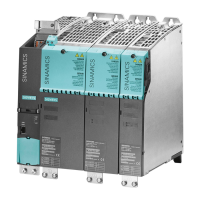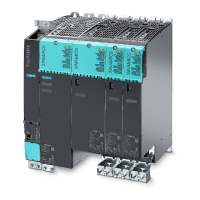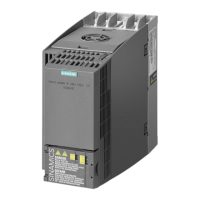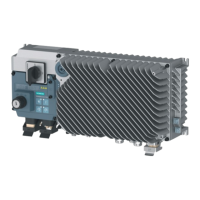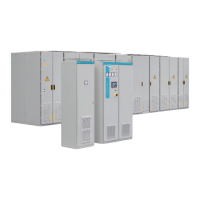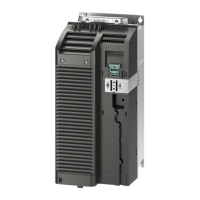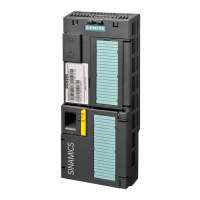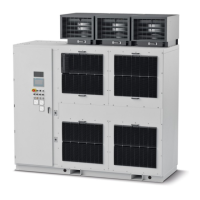Fundamental Principles and System Description
Engineering Information
SINAMICS Engineering Manual – November 2015
Ó Siemens AG
170/528
Limiter block (LIM) of free function blocks for controlling current-dependent switchover between pulse frequencies
The configured pulse frequency must never be generally increased independently of the different load conditions
using an overload reaction with pulse frequency reduction (p290 = 2 or 3), as described in section "Operation of
converters at increased pulse frequency", in order, for example, to reduce motor noise in applications involving
periodically recurrent load duty cycles with a load duty cycle duration ranging from several seconds to several
minutes. Because, when combined with a pulse frequency higher than the configured pulse frequency, high currents
initiate an overload reaction relatively quickly owing to the high power losses and thus the pulse frequency is reduced
again. However, the overload reaction is not triggered until the IGBT chip temperature T
Chip
reaches a very high level
in order to allow operation of the power unit at a high pulse frequency for as long as possible. This operating mode
with temperature-dependent pulse-frequency switchover as a function of the overload reaction with pulse frequency
reduction thus maximizes the temperature swings in the IGBTs and is therefore not suitable for minimizing
temperature fluctuations in applications with periodically recurrent load duty cycles with short load duty cycle duration
and substantial load fluctuations (current derating factor k
IGBT
< 1.0).
Figure 2 illustrates the interrelationships using the example of a periodically recurrent load duty cycle with a load duty
cycle duration of 2 minutes and load current fluctuations ranging in magnitude between I
min
and I
max
.
I(t)
t / s
0
18060
120 240 300
TChip3(t)
TC hip1(t) with fPulse = 1,25 kHz = constant
TChip1(t)
fPulse(t)
1,25 kHz
2,50 kHz
0 kHz
5,00 kHz
TChip3(t) with fPulse = 2,5 kHz or 1,25 kHz
(temperature-depending variation of f Pulse)
Imin Imin Imin
Imax
Imax
2,50 kHz 2,50 kHz 2,50 kHz
1,25 kHz 1,25 kHz
ΔTC hi p3ΔTChip1
<
Figure 2: Switchover between pulse frequencies as a function of temperature
In operation at the configured pulse frequency of 1.25 kHz = constant, the temperature characteristic over time
T
Chip1
(t) is shown by the black curve. The associated temperature swing ΔT
Chip1
remains within acceptable limits for
the purpose of preserving IGBT lifetime provided that the configuring rules described on the previous pages are
observed.
In operation at a pulse frequency increased to 2.5 kHz, the temperature characteristic over time T
Chip3
(t) is shown by
the red curve. The inverter attempts to continue operation at the higher pulse frequency for as long as possible.
During the periods of load with I
max
, the chip temperature T
Chip3
(t) reaches such a high level that an overload reaction
is triggered and the pulse frequency is reduced to 1.25 kHz. Operation continues at this low pulse frequency until the
chip temperature T
Chip3
(t) during a period of load with I
min
has decreased far enough again that the pulse frequency
can be changed to 2.5 kHz again.
As a consequence of this temperature-dependent pulse frequency switchover as a function of the overload reaction
with pulse frequency reduction, the temperature swing ΔT
Chip3
is significantly higher than the temperature swing
ΔT
Chip1
at a constant, low pulse frequency, with a correspondingly negative impact on the lifetime of the IGBTs in the
power unit. The difference in the temperature swing can amount to as much as 5°C in practice, an effect which can
shorten the IGBT lifetime by a factor of 2 to 3.
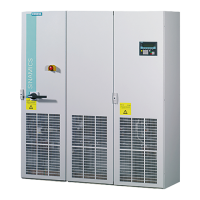
